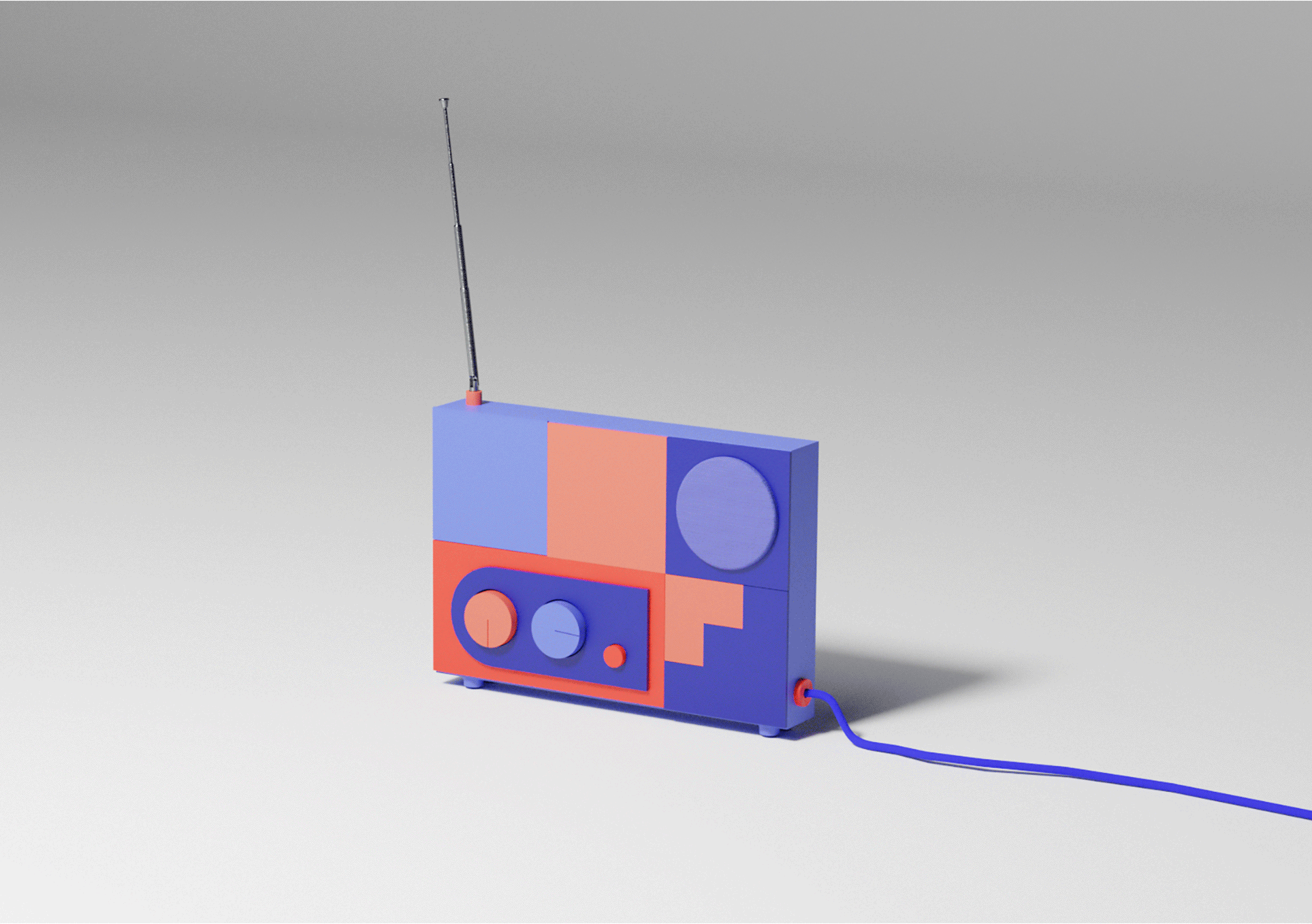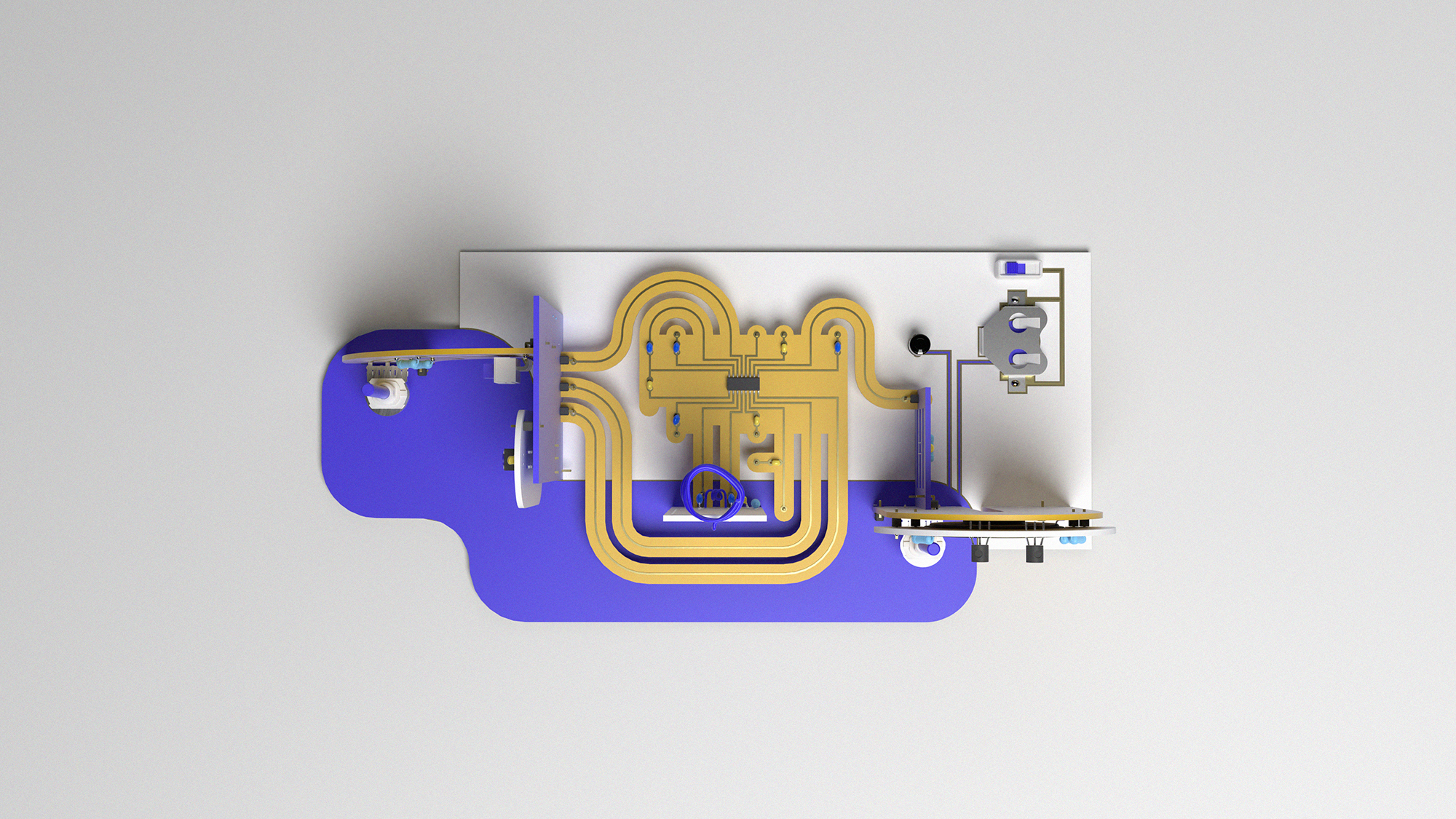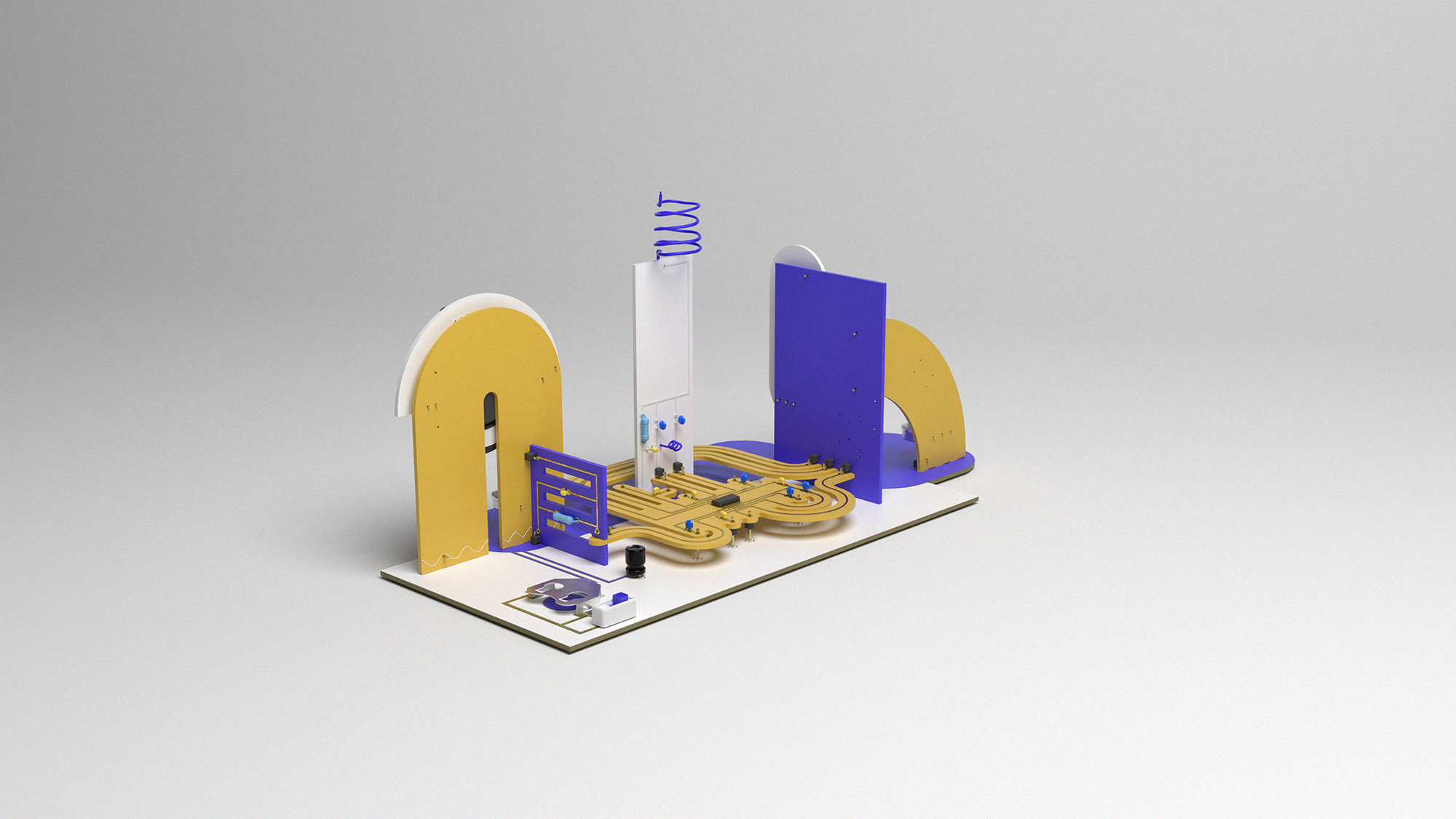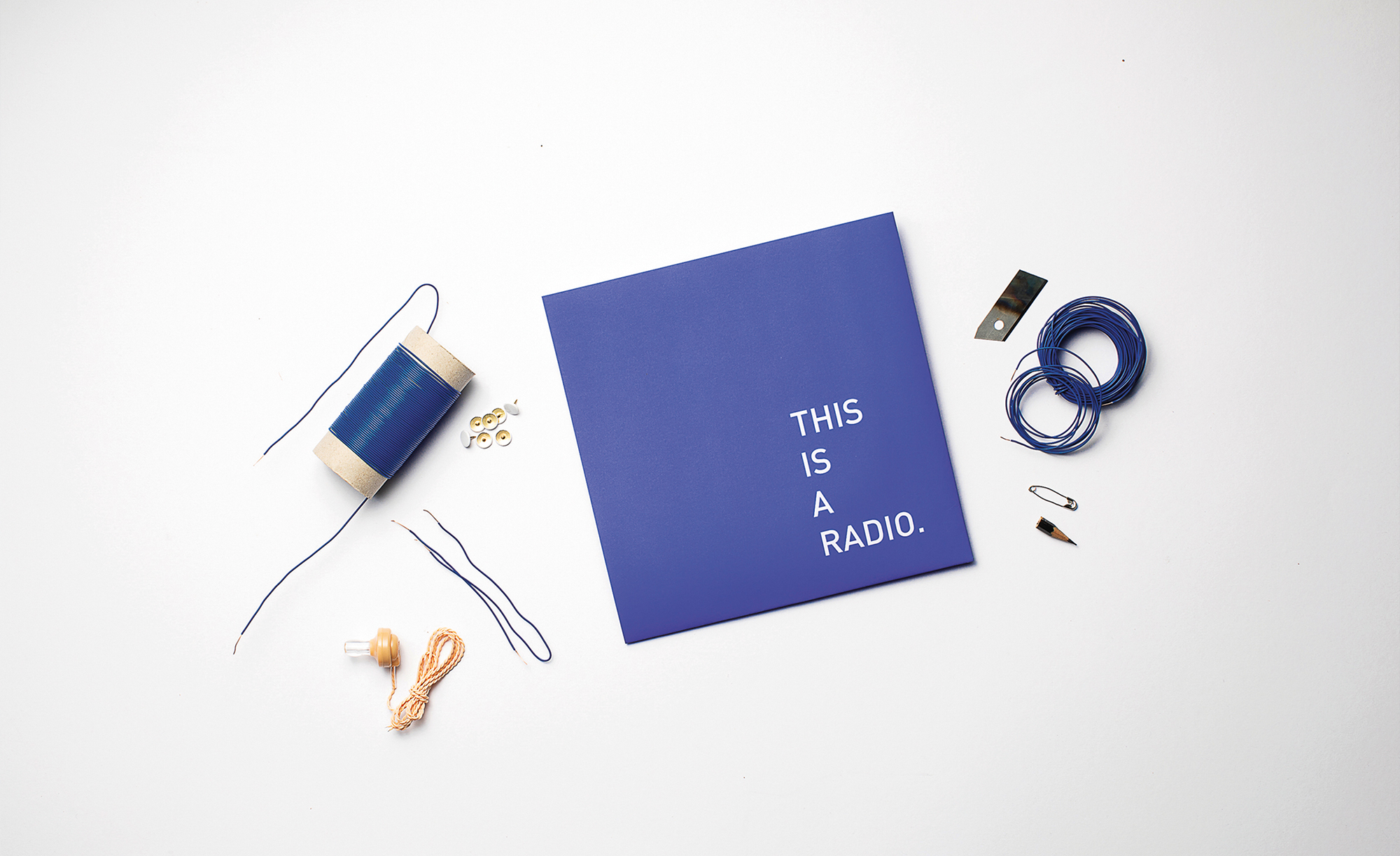black-box experiments
Making acquaintances with the machinery.
![]()
Making acquaintances with the machinery.

Handling everyday-things as Black Boxes has long become an immanent survival technique in dealing with complexity, which plays an increasingly important role especially in today’s electrified world: As users of things, we are surrounded by a wide range of products whose detailed inner workings simply cannot be understood by most – and luckily, they do not need to be. While this lack of comprehension for our electronic companions has only little immediate effect during a product’s use, it quickly becomes apparent in the moment in which a product breaks. The common inability to act upon an error, let alone the functioning of the product itself, led to an assumption that is worth further investigation: As users of electronic products – do we only truly own their outer shell, but not their technological interiors?
The heavy ecological implications of electronic products as well as the imbalance in power structures which are embodied in our physical devices motivated a series of experiments. They explore how the dualism between inside and outside – the hard separation between a product’s surface and its underlaying machinery – can be broken and how the design of a product can, instead, be applied to create a relationship with the technological interior. At the hand of a radio receiver (the technological ancestor for a large number of our modern technologies), the Black-Box Experiments challenge the traditional constitution of electronic devices.
Representative for many more products and thinkable experiments, the four radio receivers explore the relationship between a product’s outsides and the hidden machinery: How can the circuit-board as a medium be utilized for the communication of functioning? How do spatial parameters influence the perception of normally flat circuits? How would an accessible, open and easy-to-manipulate product be designed?
The heavy ecological implications of electronic products as well as the imbalance in power structures which are embodied in our physical devices motivated a series of experiments. They explore how the dualism between inside and outside – the hard separation between a product’s surface and its underlaying machinery – can be broken and how the design of a product can, instead, be applied to create a relationship with the technological interior. At the hand of a radio receiver (the technological ancestor for a large number of our modern technologies), the Black-Box Experiments challenge the traditional constitution of electronic devices.
Representative for many more products and thinkable experiments, the four radio receivers explore the relationship between a product’s outsides and the hidden machinery: How can the circuit-board as a medium be utilized for the communication of functioning? How do spatial parameters influence the perception of normally flat circuits? How would an accessible, open and easy-to-manipulate product be designed?


Radio N°2 advances the printed circuit board from a component (which holds electronic actors in place and connects them to each other as tightly as possible in the smallest possible space) to the product itself. Along with the established, industrial mode of production, design parameters of circuit boards were identified, transformed and applied. Radio No. 2 uses the circuit board as a communication medium, interface, assembly surface and as a carrier of the physical affordances of the radio as a product.

Radio N°4 corresponds most closely to our idea of the classic product - and breaks with it. The magnetic housing gives way to the interior components, which are freely movable through plug-in systems and a new system for clear cable routing. Both the object's interior and its outer shell can be replaced, modified, reassembled and discovered, adding machinery to the overall picture.



Radio N°3 projects the gained insights into three-dimensional space and, as a radio sculpture, explores the physical perception of interrelationships and modes of operation of the individual components.


Radio N°1 explores the circuit as a medium of communication and raises the question of the extent to which knowledge of a technology can already constitute a functioning device. The modified circuit diagram on paper, as a poster on the wall, paired with a few simple materials such as cables, thumbtacks, razor blade and pencil empower the user to make his own radio.

Köln, 2020
produced in acrylic, PLA, copper and paper, with various electronic actors
produced in acrylic, PLA, copper and paper, with various electronic actors
awarded with:
1st place at the Cologne Design Awards 2020
1st place at the Cologne Design Awards 2020
exhibited at:
kisdparcours2020, Köln
Virtual Cologne Design Award 2020, Museum für angewandte Kunst Köln (MAKK)
kisdparcours2020, Köln
Virtual Cologne Design Award 2020, Museum für angewandte Kunst Köln (MAKK)